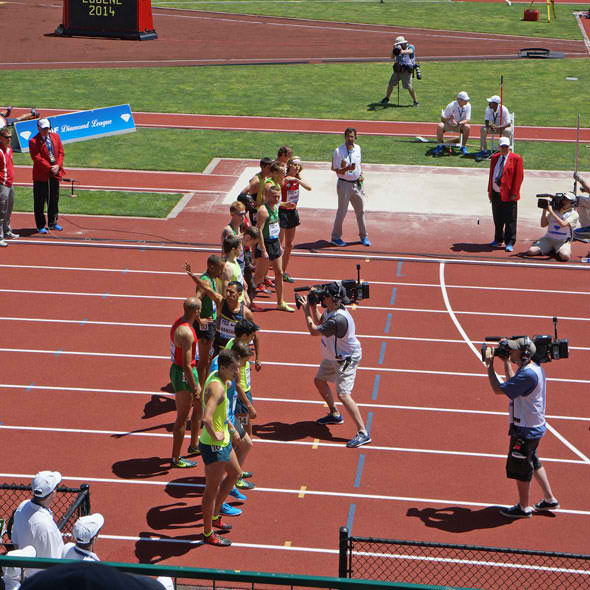The Mile, the IAAF and Our Opportunity
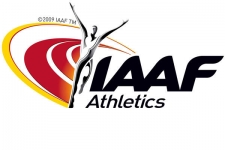
A time of Thanksgiving and ahead more wishes fulfilled for the storied distance
By David Monico, Bring Back the Mile
There are many things to be thankful for this week, but we couldn’t have been more thrilled to see last week that the Mile was included in the list of qualifying events for the 2015 IAAF World Championships, the first time in its history and in a global outdoor championships since the Olympics last allowed Mile qualifying times for Munich 1972.
On January 8, 2014 we laid out four wishes for the Mile in the New Year. Our #4 wish was that the IAAF would accept Mile times for the 2015 World Championships and the 2016 Rio Olympics. These are not easy-to-achieve wishes and we knew building a movement wasn’t going to take just one year, let alone three. Checking off one half of one wish then is fantastic and a huge stepping stone to achieving the rest of our wishes
Just how does the IAAF’s acceptance of Mile times help our overall campaign in the U.S. to Bring Back the Mile? Here are four ways it does so:
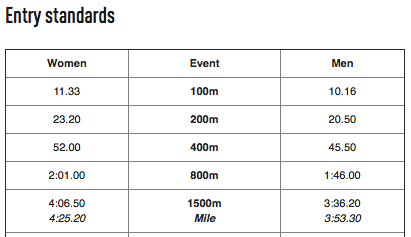
- Acceptance: We’ve never advocated that the Mile replace the 1500m as some like to think, but from Day One our movement has been about celebrating a distance that is as historically rich as any other event. The Mile has been an official world record distance, and the only imperial unit carry over, and is run at select IAAF Diamond League meetings. As such, accepting Mile times for international championships we felt was a natural progression and necessity and it wouldn’t impact negatively the 1500 meters. The Mile is the rare imperial unit that is relatable in countries throughout the world.
-
Relatability: In the U.S., the Mile is certainly one of the most relatable distances to the general public and holds stature outside the sport of Track & Field. In meeting Phil Knight, NIKE founder, at the 2012 U.S. Olympic Trials just after the Men’s 1500m, he commented that its a shame that nobody knew just how fast they ran (Leo Manzano won in 3:35.75). He wasn’t saying that people in the stands in Track Town USA didn’t understand what a performance that was, but more a commentary that it would not translate for the American public on television or in the next day’s newspapers. In fact broadcasters in the U.S. often go out of their way to convert paces and times to their Mile equivalent while covering the 1500m. In newspapers, with limited space, journalists may just leave it out altogether. A 3:52.95 Mile (the 1500m to Mile conversion for the Manzano example) on the other hand would make for an easy and relatable comparison. IAAF qualifying acceptance leads to the opportunity to have the Mile run again at our outdoor national championships.
-
Opportunity: In December 2011, Texas A&M Coach Pat Henry, fresh off winning Men’s & Women’s NCAA Championship titles, with no point scorers above 800m, put forth a motion to replace the 1500m with the Mile at the NCAA Outdoor Track & Field Championships. Why? Because of its relatability in the U.S. The vote not surprisingly was defeated because the Mile was not an accepted qualifying mark for international competition. The IAAF acceptance of the Mile now opens the door for the NCAA, USATF and others to run the Mile at their respective championships without penalizing athletes who may qualify for the IAAF World Championships at them.
There isn’t a reason not too. It’s an event that can single handedly raise the profile, coverage and even potentially raise sponsorship revenue without reinventing the wheel. Certainly sounds easier than the annual journalistic game of remedying our sports woes with leagues, shorter meets, cheerleaders, bigger personalities and so forth. The Mile provides a compelling reason for the American public to dream again and to return to our sport beyond an Olympic year.
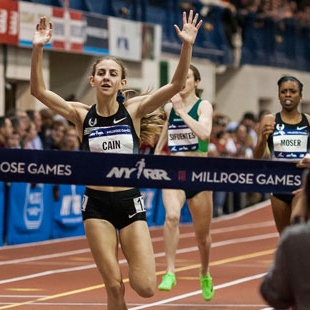
-
Dreaming: I grew up being Michael Jordan. From the 5th grade to 8th grade, the only difference between Mike and I was two feet and a shoe contract. While he hit buzzer beaters to win championships in front of millions, I’d hit make believe buzzer beaters in my backyard over a make believe defense to win a make believe championship in front of no one. As I transitioned to cross country (as a freshman, Mike still had a foot and a half on me) I began to dream about running a 4 minute Mile, but there was never a “Mike” to look up to because the Mile was rarely run or covered in the 1990s until Alan Webb came along in 2001. Bob Kennedy became my quasi-Mike, but no offense to Bob, a 10,000 meters isn’t that exciting to a High Schooler.
No American kid dreams of breaking 4 or 5 minutes in the 1600m. They all do so for the Mile because of the Mile’s long history and the Roger Bannister first sub-4 moment. But, outside of Alan Webb’s 2001 feat of breaking 4 minutes in the Mile as a High Schooler and then taking down Jim Ryun’s decades held prep record, there hasn’t really been another middle distance athlete to capture the imagination of the American public. I’ll give teen phenom Mary Cain (above right, photorun.net) a nod in this regard and as she approaches some of the women’s Mile records, she will no doubt gain considerable amount of national attention (#cainsanity).
The Mile provides the opportunity to create household names of some of our athletes. Let’s create heroes by running the Mile on a regular basis and also at the championship levels. Leo running 3:53 in 2012 would have gone a long way, while a 3:35 1500m, which he actually ran, gets filed away to Wikipedia rather quickly. Women have even less opportunity (U.S. Women’s sub-4:30 Mile list) to run the Mile than men, to which 2013 World 1500m champion, Jenny Simpson, commented in a 2012 BBTM interview that “It would be really exciting to get out and compete against the best Milers in the country in a real Mile.” Let’s give her the chance to shine!
Through our BBTM GP Tour 2014, we’ve attempted to harness the power of the Mile and have athlete stories progress from one event to another in addition to the individual communities in which the events are held. Watching Heather Kampf morph into the Queen of the Road Miles or Jordan McNamara not only winning at the GNC Live Well Liberty Mile in Pittsburgh, but mentor kids in the Steel City, creates stories that we can weave from event to event, across the country, developing fans not just in our sport, but beyond it as well.
Let’s give the American people a reason to dream, to cheer, to be a fan, to be like Alan, Leo, Mary, Heather or Jordan.
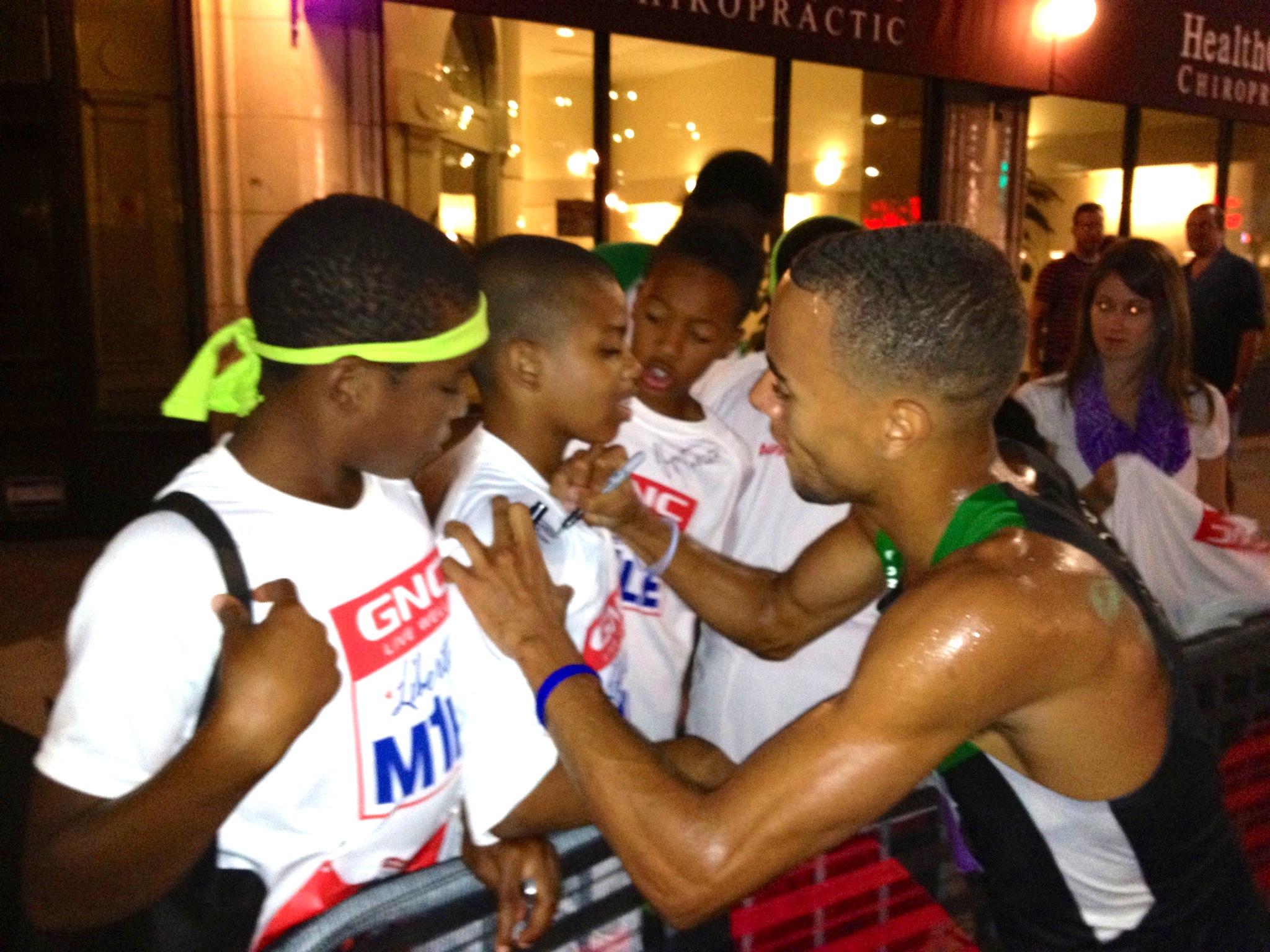
We can quantitatively and qualitatively measure the attention that a Mile race and milestone brings to the sport in comparison to the 1500m and certainly to the 1600m, not to mention most other events, outside a big personality, world beater and record chaser. Let’s give a reason for the American public to pay attention year in, year out to our sport and not just every four years. And we can do so with as little as a yes or no vote at our national federations. Heck, maybe the High School Federations will then figure it out too and replace the 1600m. I’ll keep dreaming, but in the meantime, in a week of giving thanks, I am very thankful to the IAAF.
